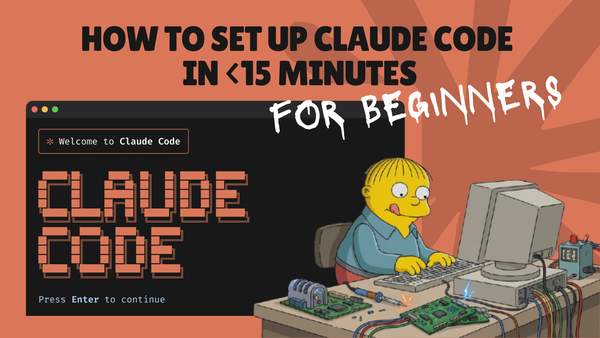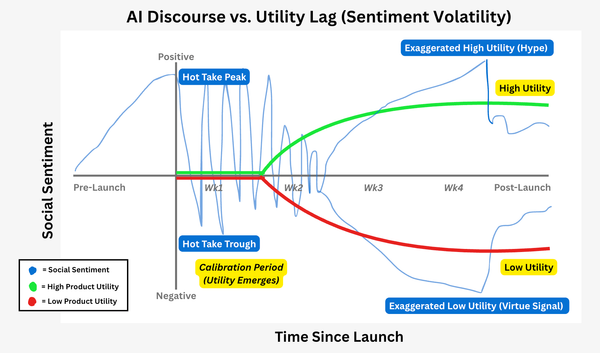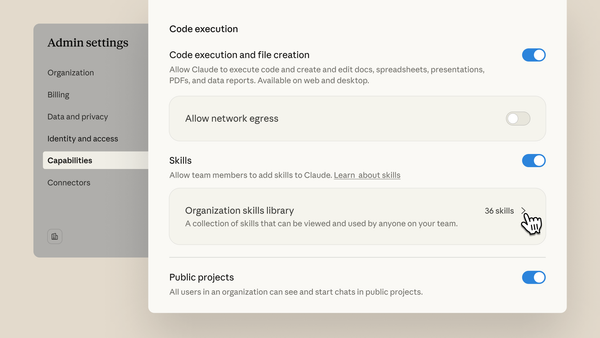Everyone Should Learn Vibe Coding (Even If You've Never Written Code)
What it is. How it changes the game. How to start in 30 minutes.
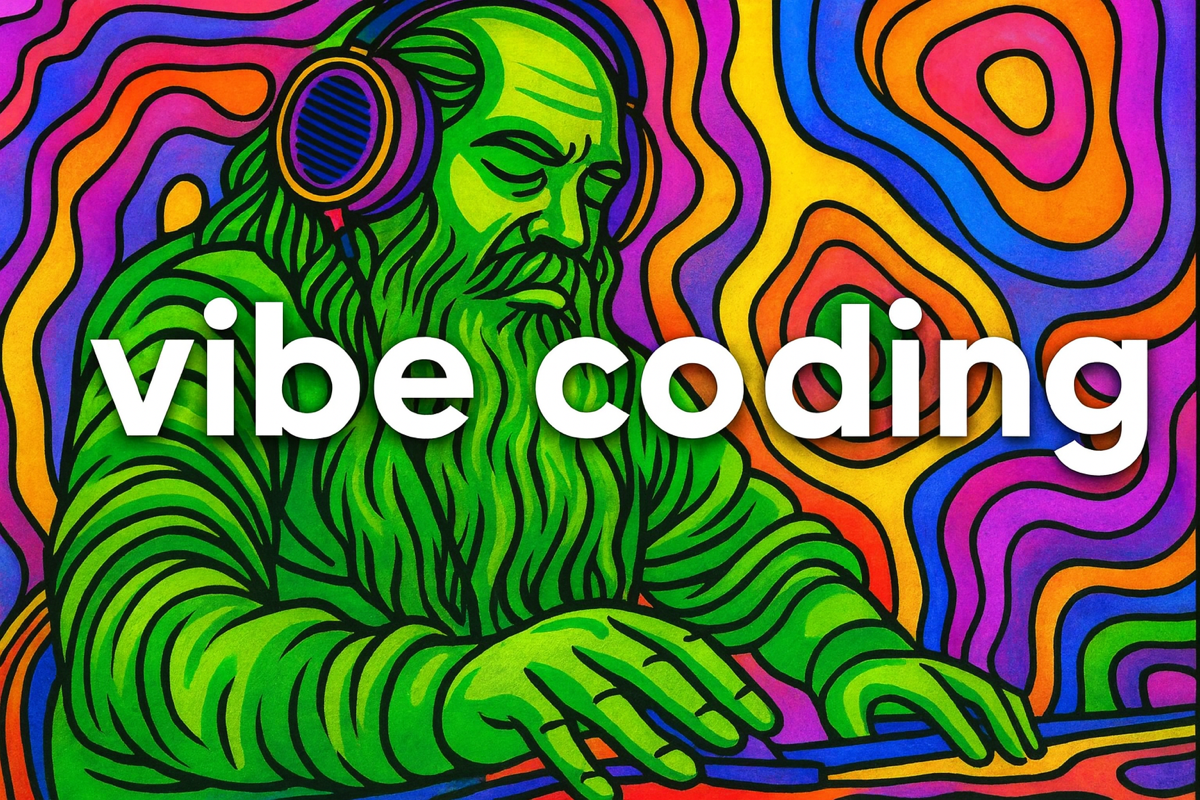
Klarna’s CEO just admitted he uses AI coding tools to build prototypes and save his staff time.
He’s not alone.
Almost a quarter of Y Combinator’s 2025 start-ups wrote 95% of their code with AI.
The big guns?
Meta generates half its code this way. Amazon, Google, and Visa are around 30%.
Smart people don't use something unless they get clear value.
Bet on this: vibe coding will become a core business skill.
What is Vibe Coding?
Vibe coding means telling AI what to build by prompting it in plain language.
You know, kind of like how Rick Rubin creates music without singing or playing an instrument.
He just guides other people on how it should sound.
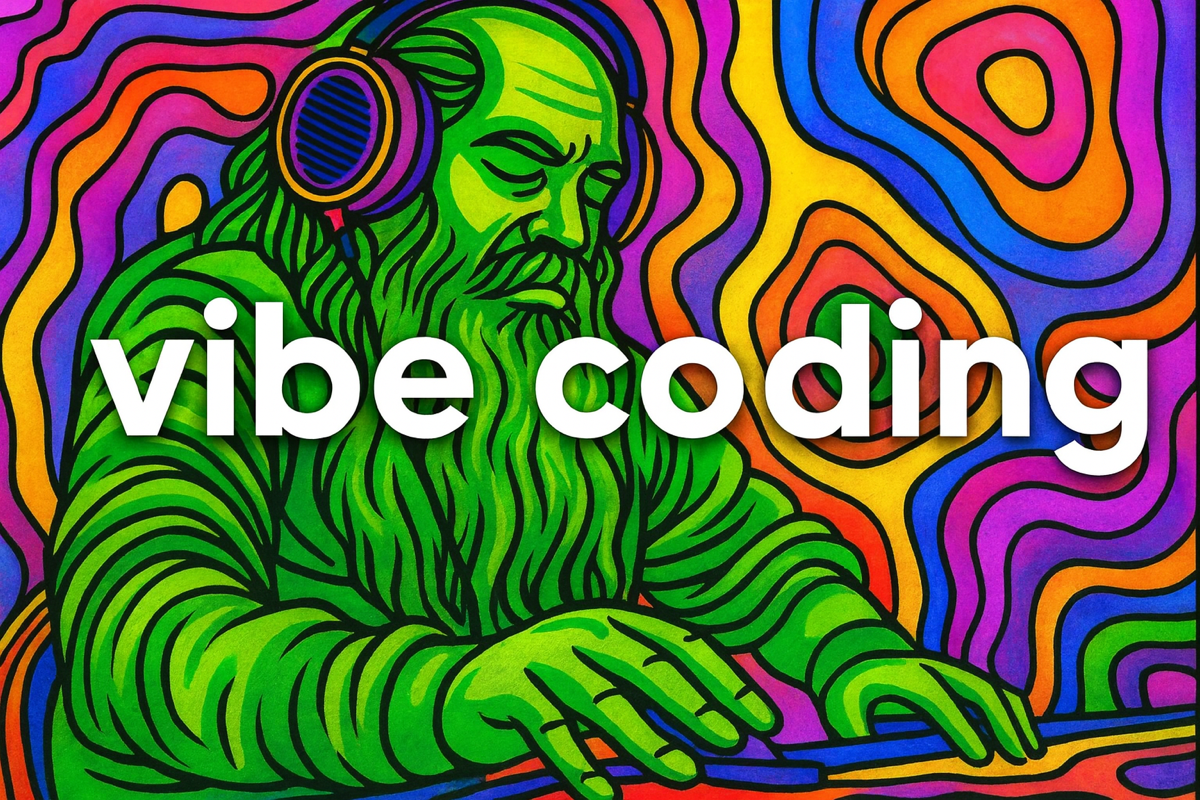
You describe what you want to create, then AI writes the code.
For developers, it's a way to move faster and think bigger.
For non-technical people, it's our ticket to build apps, websites, internal tools without knowing how to code.
How Vibe Coding Changes the Game
For non-technical people, the value of vibe coding is operational.
Instead of submitting a Jira ticket and waiting six months, you can prototype an idea in 30 minutes.
No more explaining your idea to layers of managers and PMs.
This will flip expectations.
Soon, every idea will need a V1 draft before resources get approved.
Show, don’t tell becomes the rule.
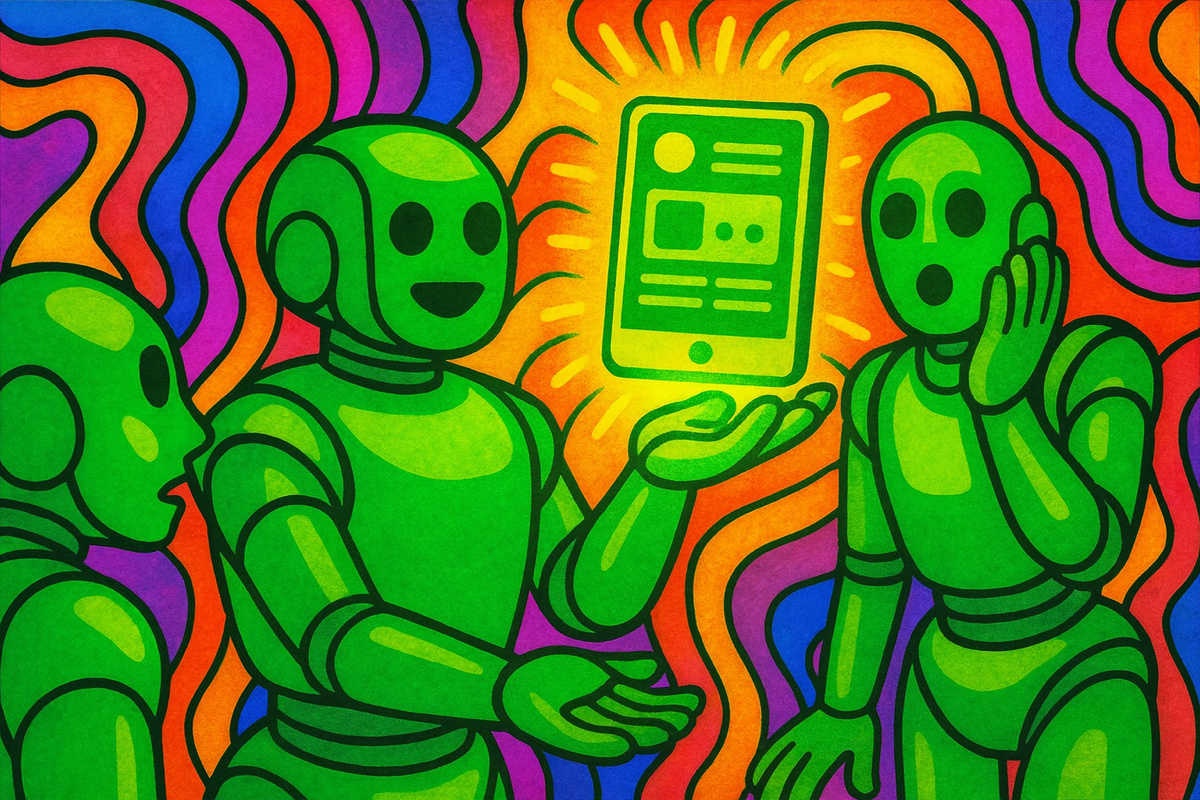
Your technical teams will benefit too.
Instead of decoding your vague requirements, they'll start with a prototype and can focus on scaling, security, and integration.
Once the shift takes hold, everything changes:
- Speed becomes the edge. The dashboard you've been waiting on? Build V1 yourself.
- Communications get sharper. No more back-and-forth about what you meant. Show the prototype.
- Resources get smarter. Prove concepts before asking for developer time.
- Innovation scales. When ideas cost hours instead of weeks, you can afford to try more.
You're not replacing developers.
You're becoming someone who can get to solutions quicker.
Today's Vibe Coding Tools
The vibe coding space is exploding.
Good news? You don't need 20 tools. You need one. Start simple.
🍼 BEGINNER (Start Here)
These tools are made for people with ZERO coding experience.
Pick one. Build something. Stop overthinking.
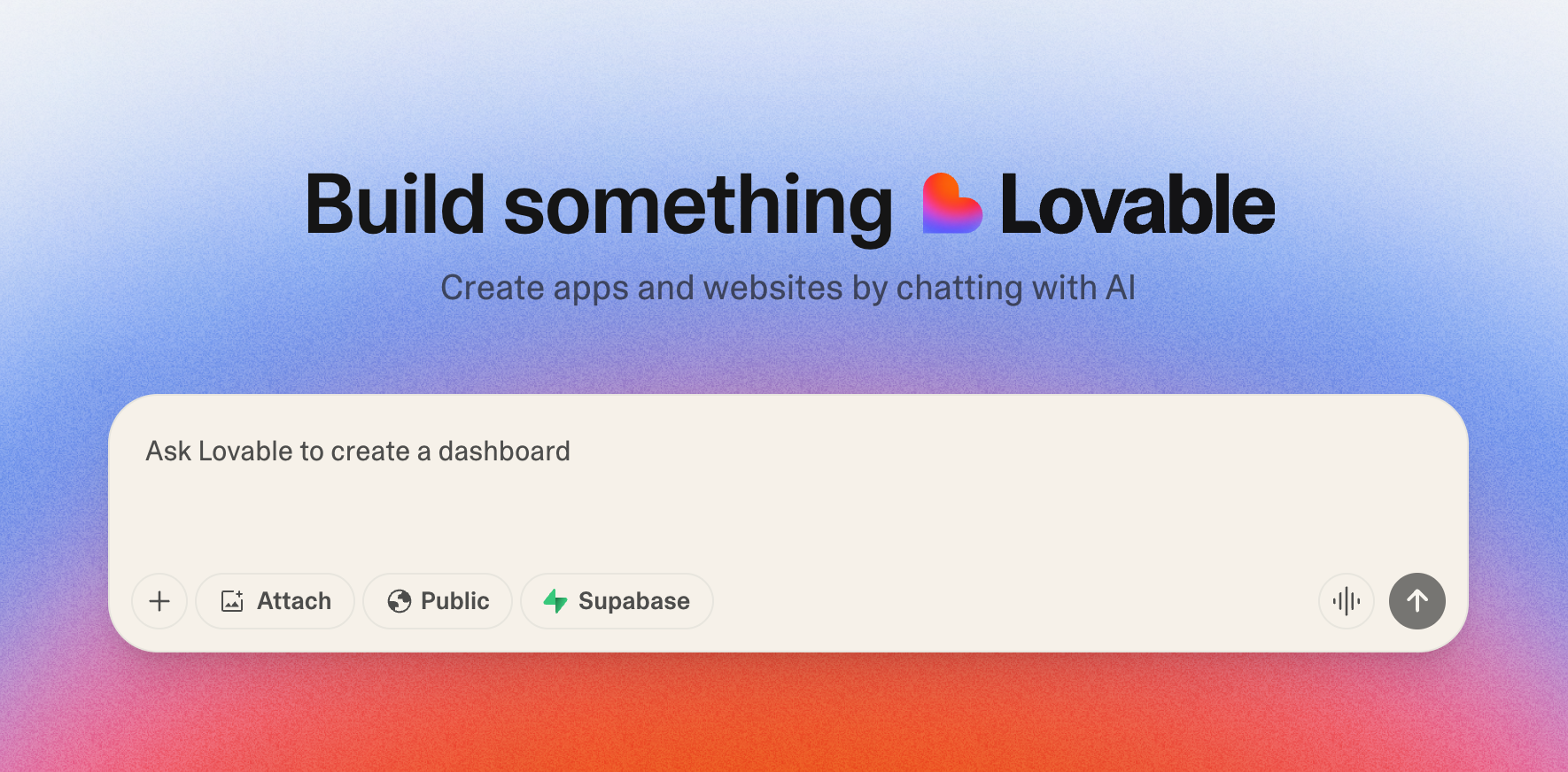
If you're non-technical, this is your lane.
Stay here until you've shipped something useful.
🎓 INTERMEDIATE (graduates only)
These assume you're technically curious (or a developer).
They offer more control, but are more complex.
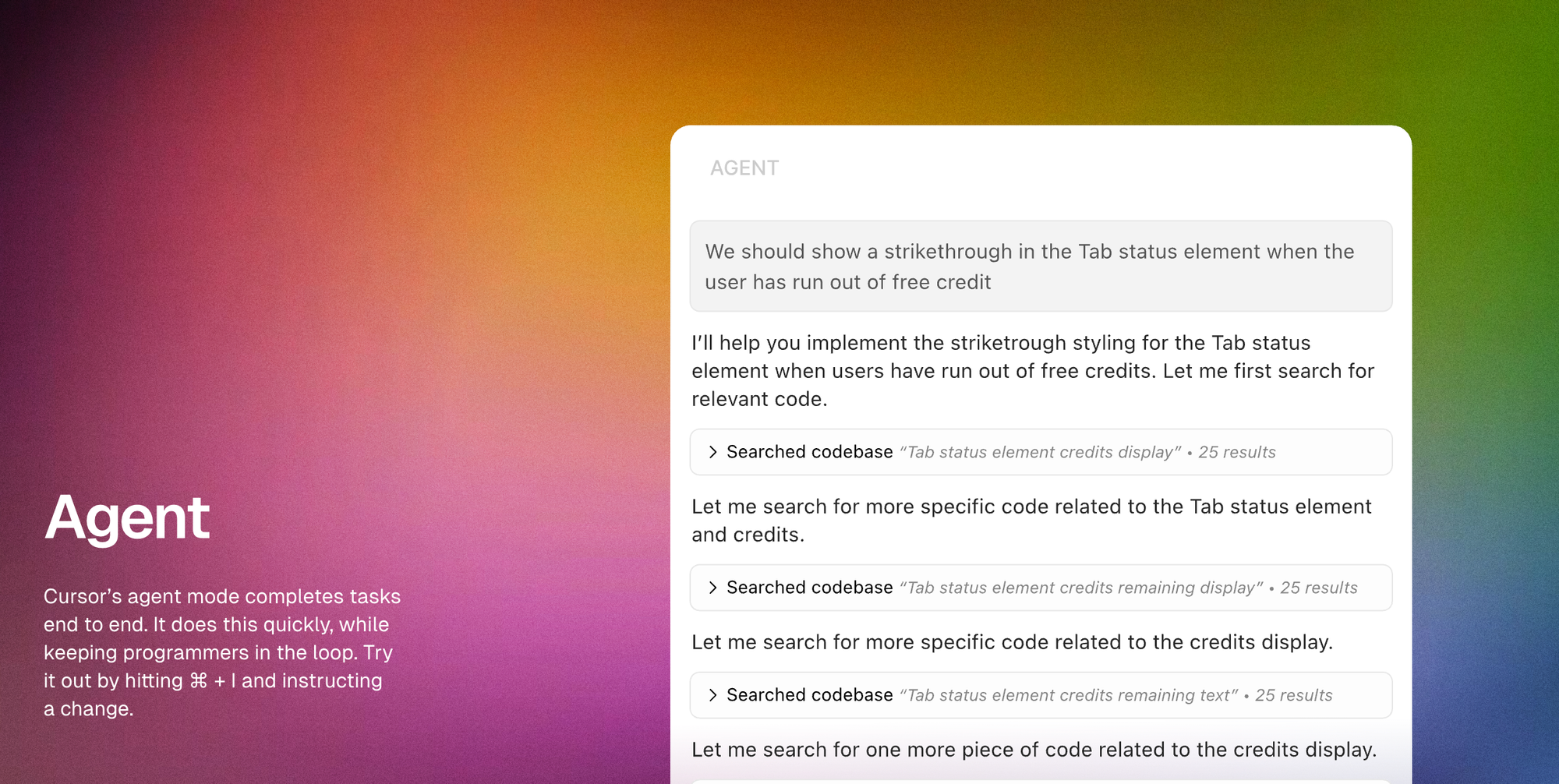
Try these only when the beginner tools feel limiting.
🧪 PRO (for experts & crazy ones!)
This is what your Dev team is probably using to code with AI.
Heavy gear for people who live in these environments.

Sharing these for pure awareness.
Becoming A Vibe Coder
It's time for you to tap into the vibe coding energy.
Don't start with a work project. Start with something fun or useless.
After one session, you’ll see why people won’t stop talking about AI.
When you can spin up a prototype on command, every problem looks different.
That shift turns you from bottleneck into someone who moves work forward.
That’s the skill companies reward.


